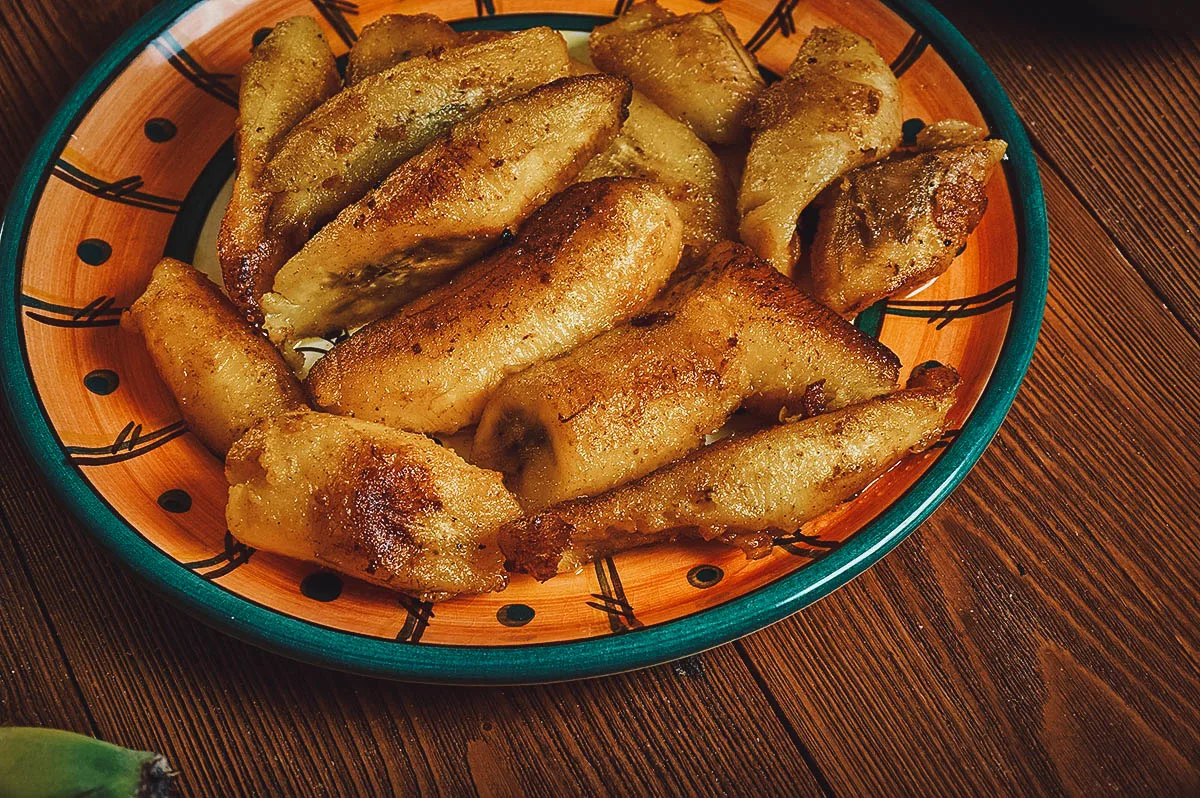Introduction: The Culinary Culture of Tanzania
Tanzanian cuisine is a reflection of its diverse cultural heritage. The country’s food culture has been influenced by Arab, Indian, and European culinary traditions, blending them with local ingredients to create unique and flavorful dishes. One of the essential elements of the Tanzanian cuisine is their condiments or sauces, which add an incredible depth of flavor and spice to their dishes. These condiments are often made from locally available ingredients and spices, making them an essential part of the country’s culinary heritage.
1. Pilipili: The Pepper Sauce with a Kick
Pilipili is a Tanzanian chili pepper sauce that adds a spicy kick to any dish. Made from fresh red or green chili peppers, onion, garlic, vinegar, and lemon juice, this sauce is a staple in many Tanzanian households. It is often served with grilled meats, stews, and soups, adding a touch of heat and flavor to the dish. Pilipili can also be used as a marinade, dipping sauce, or condiment. The heat level can be adjusted by using less or more chili peppers, making it a versatile sauce that can be tailored to individual preferences.
2. Kachumbari: The Tangy Tomato and Onion Salad
Kachumbari is a refreshing Tanzanian tomato and onion salad that is popular with barbecued meats and grilled fish. It is made from chopped tomatoes, onions, and chili peppers, seasoned with salt, lemon juice, and coriander. Kachumbari is usually served as a side dish or topping, adding a tangy and slightly spicy flavor to the meal. The salad is easy to prepare, and its simple ingredients make it a healthy and nutritious addition to any meal.
3. Coconut Chutney: The Creamy Condiment with a Twist
Coconut chutney is a creamy condiment that is made from grated coconut, chili peppers, garlic, and ginger. This sauce is commonly served with Indian-inspired dishes such as biryanis, curries, and samosas, adding a sweet and nutty flavor to the meal. The coconut chutney can also be used as a dip or spread, making it a versatile condiment. The sauce is easy to make and can be stored in the fridge for several days.
4. Piri Piri: The Fiery Sauce with Portuguese Roots
Piri Piri is a fiery sauce that originated in Portugal but has become popular in Tanzania. It is made from African bird’s eye chili peppers, vinegar, olive oil, and spices like paprika, cumin, and garlic. The sauce is often used as a marinade for chicken, fish, and shrimp, adding a spicy and smoky flavor to the dish. Piri Piri can also be used as a dipping sauce or condiment, making it a versatile addition to any meal.
5. Ukwaju: The Tamarind Sauce with a Sweet and Sour Flavor
Ukwaju is a tangy and sweet sauce made from tamarind pulp, sugar, and spices like ginger, garlic, and chili peppers. It is often used as a dipping sauce for fried foods like samosas and fritters, adding a sweet and sour flavor to the dish. The sauce can also be used as a marinade or dressing, making it a versatile condiment that can be used in various ways.
6. Conclusion: The Versatile and Flavorful World of Tanzanian Condiments
Tanzanian condiments are an essential element of the country’s culinary heritage, adding depth, flavor, and spice to their dishes. From the fiery kick of Pilipili to the tangy sweetness of Ukwaju, the condiments reflect the diverse cultural influences and local ingredients that make up Tanzanian cuisine. These sauces and condiments can be used in various ways, making them a versatile addition to any meal. So, the next time you try Tanzanian cuisine, be sure to try their flavorsome condiments and sauces!

